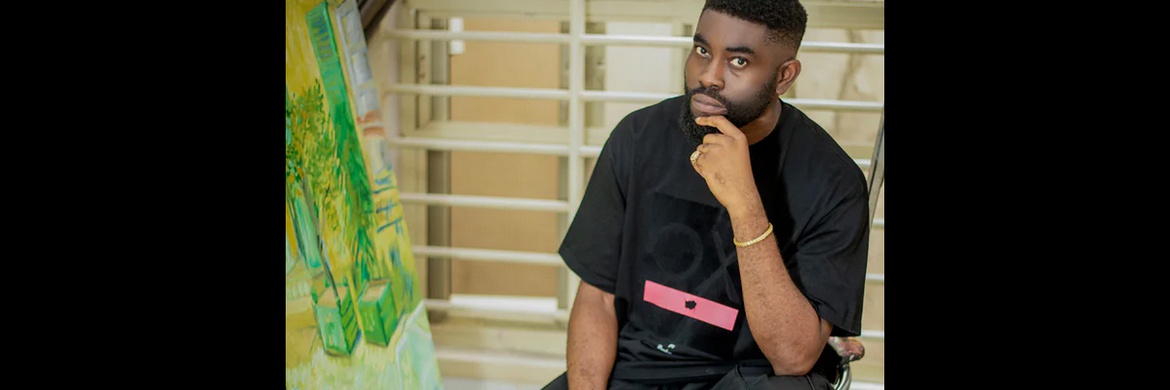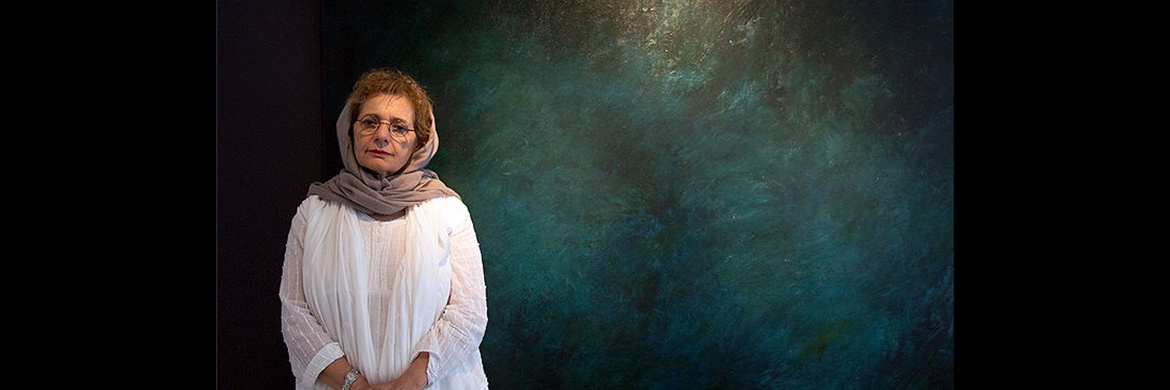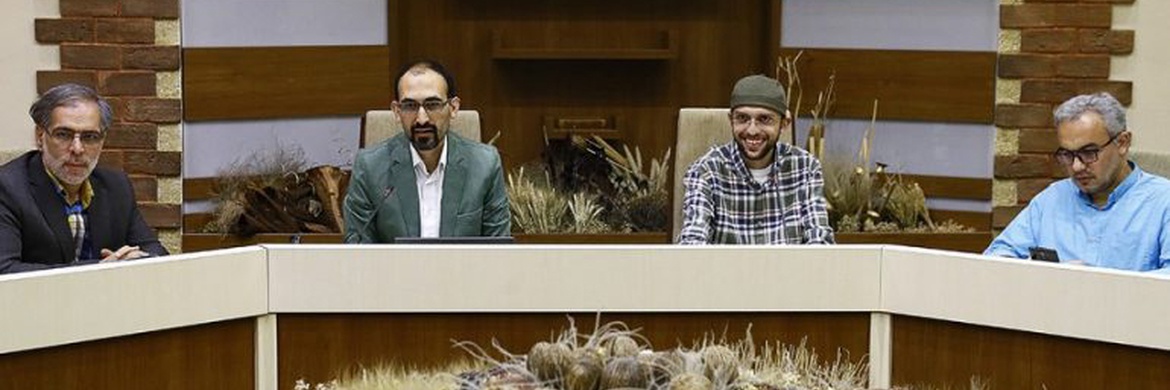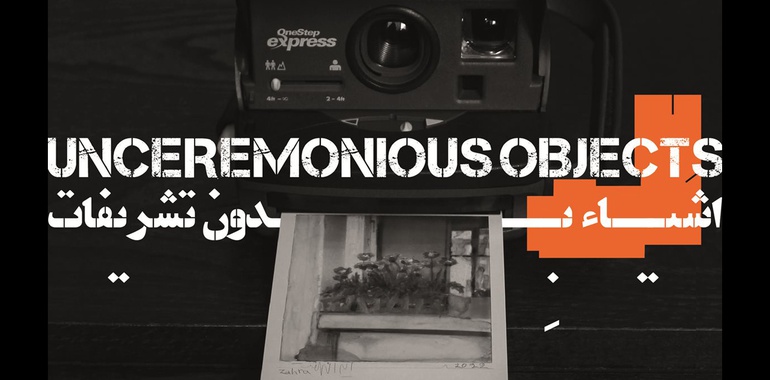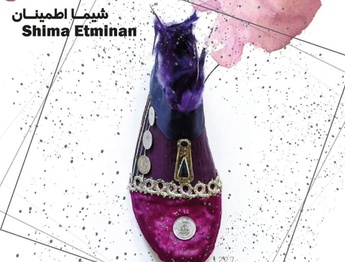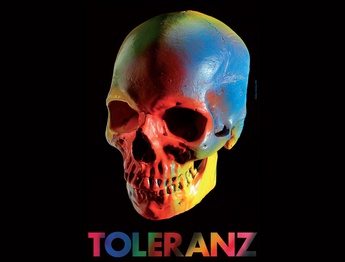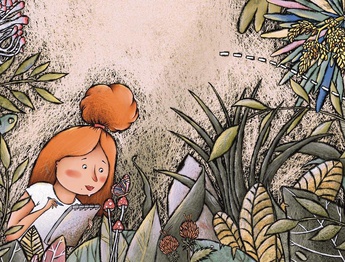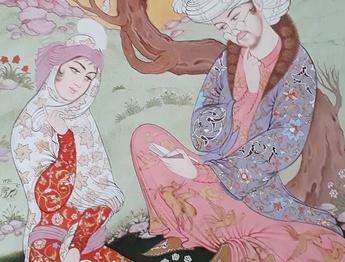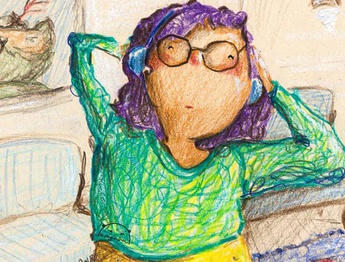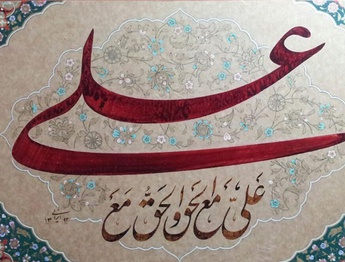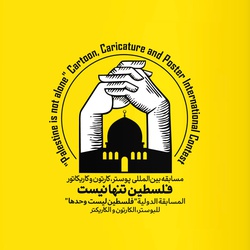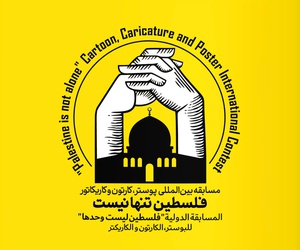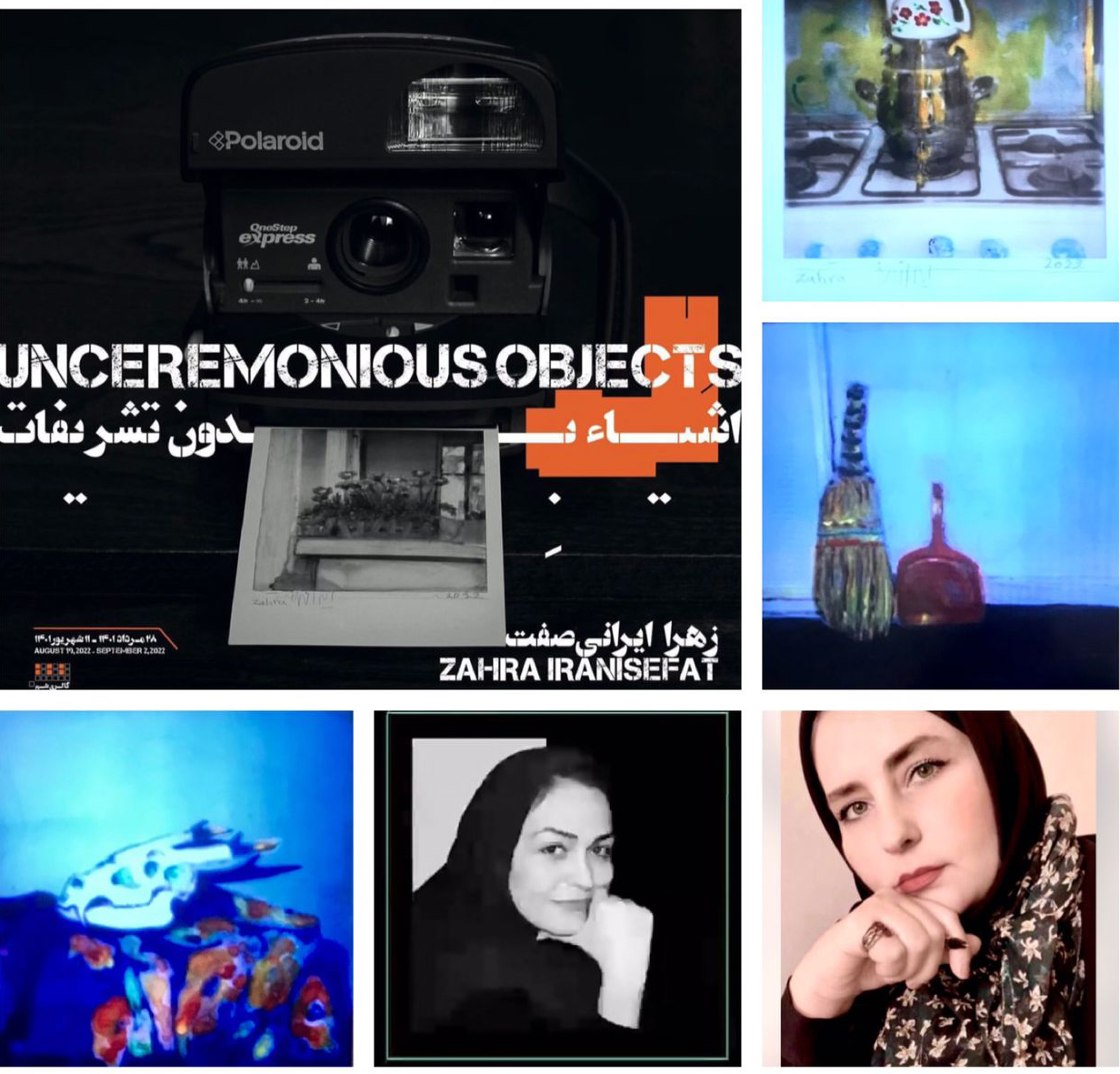
In a world full of ceremonies, encountering the expression of Objects Without Ceremonies requires special ceremonies. Here I name it the type of look, attitude and selection. An image event that has passed through the filter of photography. A media that selects and represents.
Many critics believe that all possibilities in photography, from a technical point of view (such as camera selection, aperture and shutter settings, etc.), as well as aesthetics (such as subject selection, framing, etc.), are the result of the photographer's own work, and It is a purposeful activity. And it is wrong if I say that representation in photography is impossible due to the mechanical nature of the tool, and compared to representation in painting, it has less dignity.
However, according to the author of the text, representation is not possible in any way, which has a detailed discussion that can be discussed from the perspective of time.
But in this collection of photos, a view of subjects that were present in different forms and with different materials is presented. However, as much as you exist, you can display new views to the same extent.
Although photography shows a moment of something, as soon as that moment passes, another time begins to come to life in the viewer's eyes according to the objects, creatures and subjects of the photo. And again, according to the proportion and number of contacts, this process develops another way.
In things without ceremonies, the lowest state is that cognition and perception are not disturbed, not reduced, but delayed. And doubt opens a window to everything, and because language has the ability to create, present and induce the surrounding world, objects, subjects, etc. But what causes the form of presentation to go beyond automatic and everyday language and become an artistic expression?
The photos were taken with a Polaroid camera and displayed.
A method in photography in which the wait for printing a photo is shortened, and the photo is available immediately, which was invented by Edwin Land, an American physicist, in 1948 and a company with the same name, Polaroid, was founded.
Therefore, so far two issues are important: one is the choice of the way to present the photo and the other is the event that it presents.
The subjects displayed in the exhibition are generally objects that are humbly present in the lives of all people and of course they are practical. All the moments we spend are a source of comfort, warmth, cover, joy, pride, beauty and even inspiration. Objects that, with a small manipulation, turned from what they are into something else and more spectacular and found a new identity. I refer to case examples: A teapot is a device for brewing and thickening tea, maybe it is one of the images that comes with you after leaving the exhibition, why is it the same teapot?
If we put the assumption on triviality, then why is it still in our mind? With yellow, orange colored spots and a hazy state.
The good paradox of the story is here. If we carefully think about the use of this object, it is generally associated with concepts such as patience, fitting in, and patience, for example, to brew tea. But in the contemporary world, we are faced with a new form of electric and instant tea makers, which are in conflict with the defined concepts.
And in the haste of the modern man and the modern dimension and the conquest of technology, all the examples are replaced and the valuation is distributed. Also, the type of photographic expression, i.e. the use of Polaroids, is a violation of the mentioned concepts. In a way, the chosen object and the chosen expression are opposite and complementary in the direction of expressing the meaning.
And this is where the subject and the object are constantly changing. In another frame of this collection of works, we see an iron that has transformed into an animal skull and is placed on a bed of faded flowers and perhaps vaporized.
Broom and dustpan are other images that are finally calm and humble in the corner of the frame. I say to myself, we pass by these two or they pass by us. Both side by side, we only stop sometimes and look and remember.
The oppression of objects in these photos is not due to fear and petrification. The story is about humanity. Migration is from a cave to another place.
which, with all its concerns, gives us the possibility to come and see unceremonious objects in an exhibition ceremony and even mass media.
"Maybe I am an object" and "If I were an object?" ! There are two phrases that are imprinted in the audience's mind after seeing the photos, and the story begins after seeing the last photo, but not in another frame, in another mind...
Unceremonious objects are somewhere between being and not being. Absence, not because they do not exist externally, but their presence depends on our view. And their being, not because they have an external existence, but their existence takes place in our episteme [1].
Beauty is formed in the shelter of silence and prostration of things. And each frame is a work of the room that connects the world to the world.
Anyway, in the exhibition of Zahra Irani Sefat, the attributes of objects find a new life, which is the result of the artist's imagination.
As much as we see images and subjects of photographs, we do not see them to the same extent. It is foggy and unclear that by the way, one of the artist's expressive goals is like this; Or quoting the statement of the exhibition: becoming epoché [2] and according to the author, the viewer, we also become epoché through the eyes of the same objects.
Criticism on the exhibition of objects without ceremonies / Zahra Irani Sefat, Tehran March and September 2022, Sham Gallery
By: Aisa Hekmat
Footnote:
- Episteme: In the morphological analysis of knowledge, Michel Foucault points to the existence of fundamental epistemic formats called Episteme; That is, each historical period creates a specific combination of social knowledge, which Foucault calls an episteme, that is, cognition or formulation of knowledge.
- The most important subject of Husserl's phenomenological method is the concept of Epoché. Epoché is an ancient Latin word meaning suspension of judgment or avoidance of prejudice. Epoché is a fundamental concept that Husserl focuses on, where one's previous experiences are set aside as much as possible (albeit temporarily), and this is done to create a new space about the phenomenon under investigation.
